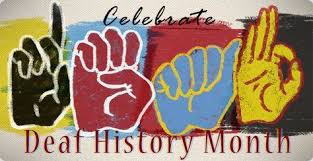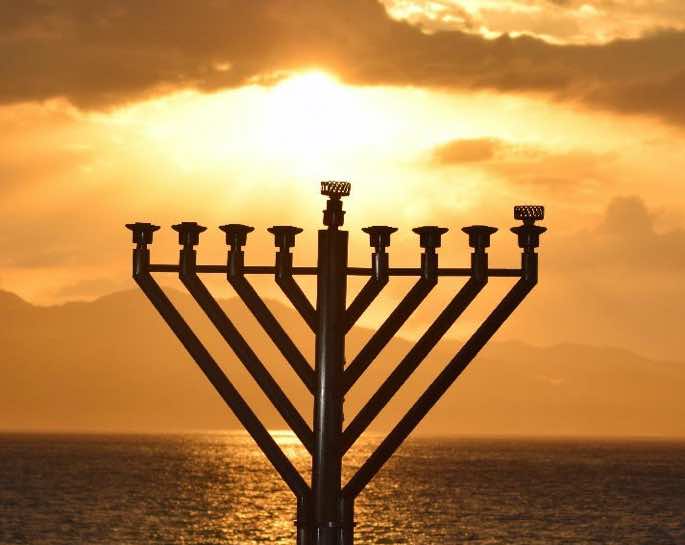Remembering the Atrocities of the Warsaw Ghetto and the Holocaust
Thursday, April 8, 2021 is the 78th anniversary of the Warsaw ghetto uprising when in 1943, the Jews of Warsaw rebelled against their Nazi oppressors. They knew they didn’t have a chance to succeed, but preferred to die in dignity than lambs to the slaughter.
Prior to World War II, Warsaw had a vibrant Jewish community that dated back over a thousand years, and a third of the city’s population was of the Hebrew faith. By the early 1940s, Poland hosted the largest Jewish community in the world and was the principal center of Jewish culture. In the fall of 1939, the Nazis, under the leadership of Adolph Hitler, invaded Poland. After their invasion, they herded 380,000 Jews into the newly constructed Warsaw Ghetto. In time, the numbers increased to about half a million. Life inside this walled city was unbearable. The Nazis would raid homes, take or destroy treasures, and abduct individuals of concern to them. The people starved and died of disease and malnutrition.
Things came to a head in July of 1942 when 265,000 men, women, and children were herded out of the ghetto and told they were being sent to forced labor camps. Instead, they were shipped in cattle cars to Treblinka, a death camp about 50 miles northeast of Warsaw. It was opened as an extermination camp for Jews as part of the “final solution to the Jewish problem.”

Mordechai Anielewicz, leader of the Jewish Fighting Organization (JFO) that led the Warsaw Ghetto Uprising, smuggled a small amount of weapons and explosives into the ghetto. He led the largest Jewish insurrection during the war and inspired further rebellions in ghettos and extermination camps. The JFO rebelled against the Nazis by carrying out isolated acts of sabotage and defied Nazi orders to report for deportation.
On the eve of Passover in 1943 Nazi troops entered the Warsaw ghetto. On April 22 they set the ghetto ablaze turning the 1.3 square mile ghetto into a burning inferno. Jewish fighters, fortified in bunkers, continued their struggle by killing 16 Nazis and wounding almost 100. Anielewicz and his rebels died at the Mila 18 bunker.
The Jewish rebels showed the Nazis, after years of starvation and disease, that Jews would stand up and fight back. Their resistance became a symbol of struggle against impossible odds, and they inspired other Jews to rise up against their Nazi yolk.
Throughout the world, Jews and non-Jews remember the 6 million Jews slaughtered by the Nazis. Yom HaShoah is a day in history we should never forget. It’s a day that symbolizes that no people should be allowed to be persecuted. No people should be hated because of their religion, customs, or skin color. If we listened to the “Never Again” slogan, there never would have been ethnic cleansing in Cambodia, Bosnia, and Rwanda. Holocaust Remembrance Day reminds us that we are all human beings placed on this Earth to love and care for each other—not to hate and destroy






My father was born in Poland and both my father and mother had relatives that died in the Holocaust. It’s funny that when I was a kid we never talked about it. I’m glad we now have Yom HaShoah.
Very touching Michael. I didn’t know any of this.
Michael,
I met you on the Next door app. Thank you for the article and for sharing your talented writing . I was born after the war in Budapest, Hungary. My mom and dad lost relatives including children. I look forward to your other articles. Aniko